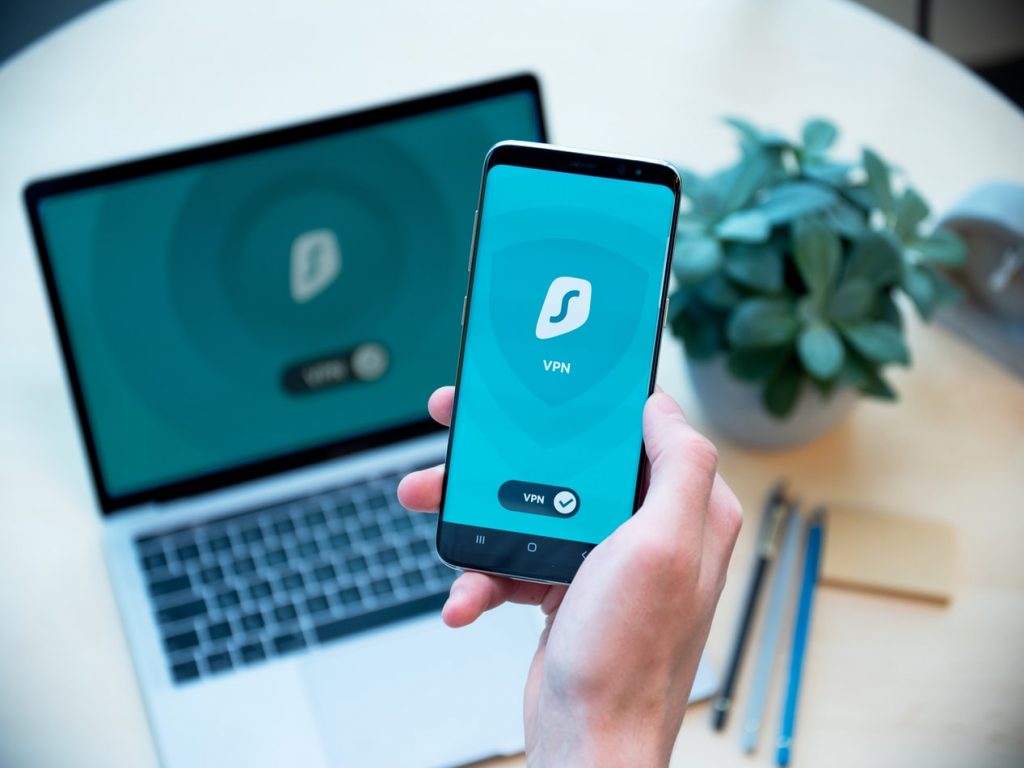Nearly 18% of the workforce now works remotely between one and three times a week, and this figure is set to rise. While this offers businesses significant advantages, it does raise issues around business security. With more content stored on the cloud, more people coming and going at unpredictable times, and more confidential data being accessed remotely, this makes it difficult for employers to manage security while enabling staff to do their jobs efficiently.
Physical Security
Physical security is perhaps the easiest area for businesses to adapt in order to accommodate changing working policies. Under the 9-5 model, all employees clock in and clock out at around the same time; with flexi-working patterns and partially remote work, employees need to access the building at different times. Equipping employees with keys to allow for this is problematic as it increases the chances of keys being lost or stolen, which puts business security at risk. This is easily navigated through the use of a door access control system,, however, allowing employers to manage who has entry to the building and when. Enhanced surveillance can be used to complement this approach, allowing security to monitor who is entering the building. Indeed, modern access control and surveillance means there is very little increase in the threat to business security when workers choose to work outside of the traditional working model.
Digital Security
Data breaches, however, pose more of a challenge. Remote work increases the likelihood of devices being lost, passwords being misplaced and log-in details being compromised. A business’ best course of action to protect against data breaches caused by a remote workforce is to add extra layers of security. Multi-factor authentication and encryption are the most effective ways to reduce risk.
Additionally, security training should regularly be provided for staff in order for them to manage their own risk. Employees should be trained in using a password manager and reminded to avoid using public Wi-Fi and delete old accounts where possible. VPN use should be encouraged, and employers can help by covering the costs of this service. Regular training is perhaps the most effective defense against data breaches: the more staff are aware of the risks, the better they are equipped to prevent them.
The traditional working model is fast becoming obsolete. This comes with huge benefits to employers and employees alike, but it does mean that security measures need to adapt to accommodate the changes. Updating physical security systems and educating the workforce on the importance of cybersecurity will go a long way in reducing the threat to a business’s security.
Distributed Teams
And this transition is redefining the structure of the family and society. Parents can choose to stay at home co-participating in household and child care duties. A modern wave of millennials’ purchasing patterns reflects an emphasis on productivity and experience fulfillment.
“We ‘re so relaxed promoting interactive collaboration that we can just function everywhere we go,” Shira Beder shared at FormAssembly. “We embrace collaborative technology and love it. We are results-oriented, more confident, and adaptable and if we want to stand a chance in the intensely competitive work market and quickly shifting conditions we have no other alternative.
